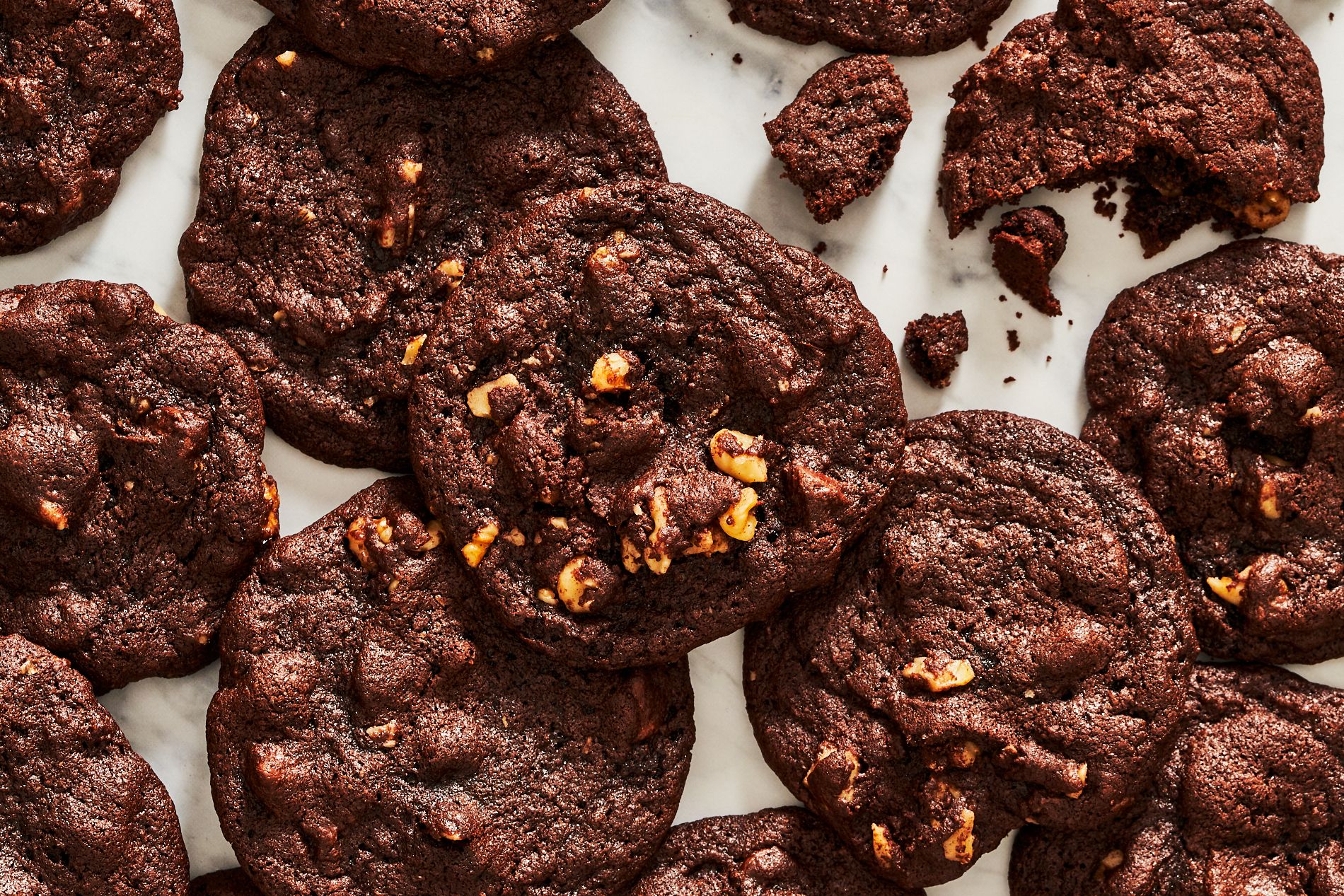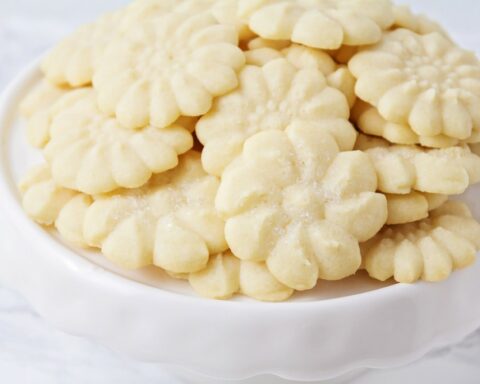Dry and crispy cookies are great, but chewy chocolate cookies may be better if you have a problem with your teeth. There is nothing extraordinary about chewy chocolate cookies; you only need to readjust the ingredients. You can also add CBD to this recipe since it has become part of the mainstream and a critical ingredient in many foodstuffs.
Most people like dry cookies for how crispy they are. However, if you hurt your teeth and would still want to enjoy cookies, you may want to try the chewy and soft ones. There are many chewy cookies to explore, and this article shares a recipe for preparing chewy chocolate cookies. Chocolate recipes are great, and adding chocolate chips to cookies transforms them. As this article shows, it is easy to prepare chewy chocolate cookies. You only need to adjust a few things. First thing, though, let’s see more about CBD.
Introducing CBD
According to Massi et al. (2006) and Bauer et al. (2020), CBD is a non-psychoactive chemical compound in cannabis plants like hemp and marijuana. There are many such compounds, collectively called cannabinoids, and CBD is one. Another major cannabinoid is THC, which, according to Schlienz et al. (2018), is intoxicating. Unlike THC, CBD is non-intoxicating, and taking it in any of its delivery methods does not make you feel ‘high.’ There are many CBD products, each featuring one of the three formulations below, based on the type of CBD they contain;
Full-spectrum CBD
It features CBD with all the other cannabinoids in the hemp plant. It also features terpenes and flavonoids, additional compounds in hemp that add to CBD benefits.
Isolate-based CBD
This is the opposite of full-spectrum CBD since it has no additional compounds, terpenes, or flavonoids than CBD.
Broad-spectrum CBD
This formulation is more like full-spectrum CBD. It has a similar composition to full-spectrum CBD, only that it does not have the psychoactive THC.
What’s the Deal with Chewy Chocolate Cookies with CBD?
If you are thinking about preparing chewy chocolate cookies with CBD, you will enjoy the process. While many people enjoy cookies when crunchy and crispy, there are times when you will need the chewier ones. According to Hammell et al. (2016), CBD can fight inflammation. Many opt for chewy chocolate cookies with CBD to benefit from the anti-inflammatory benefits. Here is a simple recipe on how to prepare the cookies.
Ingredients
You need the following ingredients to prepare chewy chocolate cookies with CBD;
- 2 ml of broad- or full-spectrum CBD oil from a reputable brand
- ¾ cup of brown sugar
- 1 cup of vegetable shortening (instead of butter)
- ¾ cup of granulated sugar
- I tablespoon of salt
- 9 oz of chocolate chips
- 2 ¼ cups of all-purpose flour
- 2 large eggs
- 1 tablespoon of vanilla extract
- 1 tablespoon of baking powder (instead of baking soda)
Instructions
The following steps help you prepare chewy chocolate cookies with CBD;
- Preheat the oven to 375 degrees
- Pour the softened shortening into a bowl and mix it with CBD oil
- Add granulated and brown sugars to the mixture and mix well
- Add eggs and vanilla extracts to the mixture above and mix it well
- Add the all-purpose flour to the mixture in the bowl and mix well
- Add the baking soda and salt to the mixture and keep mixing
- Fold the chocolate chips into the dough
- Place the dough in the fridge for 3 hours. You can leave it there overnight for chewier cookies
- Remove the dough from the fridge and let it rest for 10 minutes before starting to work on it
- Roll the dough into equal balls
- Reach each ball and cut it with a cookie-cutter, after which you should have about 40 cookies
- Place the cookies on a parchment-filled baking sheet
- Bake them for 10 minutes
- Remove the cookies from the oven and let them stay in a cool, dry place
- Enjoy the chewy chocolate CBD cookies
Key Tips to Consider When preparing Chewy Chocolate Cookies with CBD
Shorten the Baking Time for Chewier Cookies
There is no sure way to produce chewy cookies. However, shortening the baking time helps to retain some moisture. The more the cookies stay in the oven, the drier they get. Therefore, you can reduce the baking time from 10 to 20 minutes. Once the edges have dried, you can leave the center moisturized, producing chewy chocolate cookies.
Use Shortening Instead of Butter for Chewier Cookies
Most cookies’ recipes incorporate the butter. However, you can substitute butter with shortening if you want to produce chewy chocolate cookies. Both are soft, but the constituents vary slightly. For instance, butter has solids and fats that might add to the dryness of the cookies. In contrast, shortening has pure fats and results in moisture retention, adding to the chewiness of the cookies.
Let the Dough Rest in the Fridge to Make Chewier Cookies
The other secret to making chewy cookies is letting the dough stay in the refrigerator before baking the cookies. Of course, you can make the dough into cookies as soon as possible, but refrigerating it for a while ensures the cookies are moisturized and chewy. You can leave the dough in the fridge overnight to make the cookies chewier.
Use Brown Sugar or Molasses, or Honey for Chewier Cookies
The last suggestion for preparing chewy chocolate cookies is substituting white sugar with brown sugar or molasses. These two sweeteners are packed with moisture and will moisten the cookies, making them dry. You can do away with white sugar and replace it with brown sugar or put half the proportions for the two types. Either way, they contribute to making the cookies moistened and chewy.
Conclusion
Dry cookies are great, and so are chewy ones. The chewy ones will be great for you if you cannot take crispy cookies. They are easy to prepare, as shown in this article. Besides, you can substitute some ingredients, shorten the cooking time, and freeze the dough for a while. Peer into this article to know how to make chewy chocolate cookies with CBD.
References
Bauer, B. A. (2020). What Are The Benefits Of CBD–And Is It Safe To Use? In Mayo Clinic.
Hammell, D. C., Zhang, L. P., Ma, F., Abshire, S. M., McIlwrath, S. L., Stinchcomb, A. L., & Westlund, K. N. (2016). Transdermal cannabidiol reduces inflammation and pain-related behaviors in a rat model of arthritis. European journal of pain (London, England), 20(6), 936–948.
Massi, P., Vaccani, A., Bianchessi, S., Costa, B., Macchi, P., & Parolaro, D. (2006). The non-psychoactive cannabidiol triggers caspase activation and oxidative stress in human glioma cells. Cellular and Molecular Life Sciences CMLS, 63(17), 2057-2066.
Schlienz, N. J., Lee, D. C., Stitzer, M. L., & Vandrey, R. (2018). The effect of high-dose dronabinol (oral THC) maintenance on cannabis self-administration. Drug and alcohol dependence, 187, 254-260.
- WHY CAN DRINKING ALCOHOL TRIGGER ANXIETY? - January 7, 2023
- WHAT IS ORGASMIC MEDITATION? BENEFITS + HOW TO - January 7, 2023
- THE BEST WAYS TO PREVENT WEIGHT GAIN THIS WINTER - January 6, 2023









